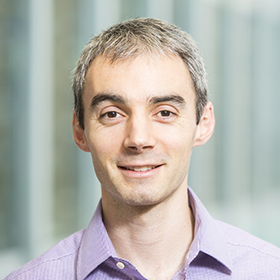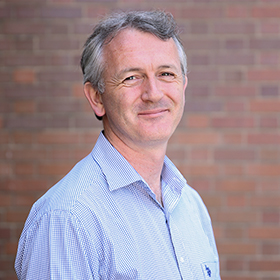Executive Summary
This planning guide for multi-service organizations (MSOs) is a companion piece to an earlier Bridgespan article, “Clients at the Center: Realizing the Potential of MSOs.” While the first article described how MSOs have tremendous unfulfilled potential to help people struggling with complex problems transform their lives, this article focuses on what it takes to accomplish that transformation.
This is no easy task. There are thousands of MSOs in the United States, some among the largest human service organizations in their communities. Most focus on delivering specific programs for which their clients are referred. The first article outlined the challenges and opportunities for those trying to shift from this program-centric approach to a more holistic client-centric approach. For MSOs looking to make such a large-scale change, there are important questions: Where and how do we begin? What is the process of change like? Who needs to be involved? Where will the money come from? How do we design for success and guard against unnecessary risk?
This guide lays out a three-step approach by which organizations can (1) plan for change, (2) design the program, and (3) pilot the new approach. It focuses primarily on the journey of Four Oaks, a large multi-service organization serving nearly 14,000 children and families in eastern Iowa, as it planned, piloted, and expanded its TotalChild program, the agency’s first major step towards focusing not only on specific program results, but also on long-term success for all of its clients.
The takeaway from the Four Oaks experience is that transformation is slow and immensely challenging, but under some circumstances it is possible.
And what are those circumstances?
First, to move toward a client-centric approach an MSO already has to have some key elements in place: financial stability, strong services that achieve current objectives and engage the population of focus, and an institutional willingness, or even sense of urgency, to transform itself to achieve better outcomes for those it serves.
Second, an organization needs to be operating in a context where change is possible. In particular, if government funders have made it clear they have no interest in change, and no private sources are willing to step up to fund at least the initial stages of the new approach, then no amount of careful planning and design is likely to get you where you want to go, at least not right now.
Third, an organization has to be willing to make a very large investment of time, energy and teamwork, and to follow a step-by-step approach, if it is to have a chance of attaining the transformation it seeks.
Anne Gruenewald, the Four Oaks executive with primary responsibility for planning and piloting TotalChild, described this exhaustive planning and design process as a matter of “turning yourself inside out.” Only through such an effort will you be able understand exactly how you currently operate and how many things will need to change on the road to putting clients at the center.



